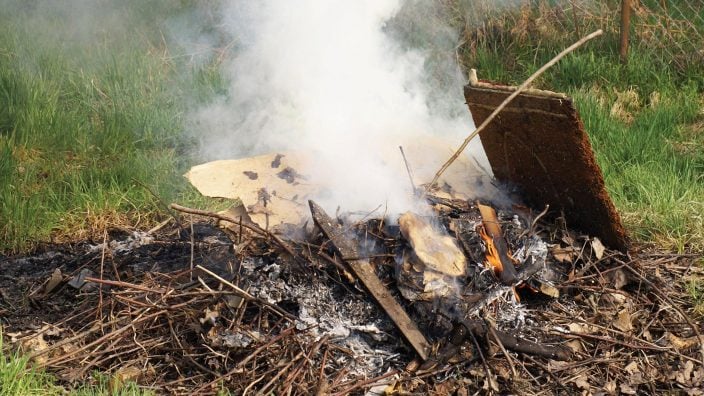Cows make Christmas extra cheerful
It might seem like a real chore to have to take care of the animals before any Christmas gifts or meals can happen, but to me it is such a special time.
Read MoreHello, Trumbull County. Are you enjoying the unseasonable warm and dry weather? I know I have been. We’ve been busy cleaning up sticks, tackling some long overdue fence maintenance and generally finding any excuse to be outside. Despite some cold weather this week, it’s looking like the warm and dry trend will continue into the first week of March.
While this weather creates a great opportunity to get started on outdoor spring cleaning projects, it is also a time when outdoor fires can get out of control quickly. Yard waste can quickly pile up when you include woody debris from downed tree branches, dried grass from overgrown fencerows and the remnants of fall leaves.
Many townships and municipalities have events where small amounts of this kind of debris can be collected and shredded. However, if you have a large amount of waste, burning may be the easiest option to quickly clean up. However, outdoor fires that can take care of your waste pile can easily spread to the dead grass, leaves or even trees nearby. Because of the increased risk of fire at this time of year, there is a ban on open outdoor burning in Ohio for the months of March, April, and May in the spring, as well as October and November in the fall, all between 6 a.m. and 6 p.m. You also should consult with your local zoning office as there may be additional local ordinances in effect in your area.
Remember, that just because something will burn does not mean that it is safe or legal to do so. Generally speaking, if you live within city limits outdoor burning will be limited to barbecues and campfires. Other burning activities within city limits will likely require further restrictions and/or permits. These can include heating for outdoor workers, heating roofing tar, etc. Unless restricted by local zoning, townships allow residents to burn land clearing waste such as stumps, leaves, wood and paper products.
Burning garbage, rubber, petroleum products, plastics and dead animals are never permitted in the state of Ohio. Yes, I said dead animals, so don’t burn that raccoon you found at the end of your driveway unless you have a permit for disease eradication from the local health department.
Smoke can be a nuisance and a health hazard for some people. I suggest you be mindful of your neighbors and wait until the wind is blowing away from them, or at least provide them some notice that you intend to burn. Burning wet or uncured wood, hay, leaves and other damp materials will create thick smoke. To limit the amount of smoke, only burn dry materials in a hot fire. Don’t allow the fire to smolder as it will struggle to stay lit, burn longer than intended and create thick smoke that can obscure roads.
Stay safe while burning. Select a safe burning location that is at least 1,000 feet from neighboring inhabited buildings. Clear all dead grass, wood, and other flammable materials (other than the burn pile) from the area to help prevent your fire from spreading. Take other reasonable precautions to keep the fire under control, which may include having water available, open soil barriers, and never leave the fire unattended. Fires should be extinguished or covered when finished.
Stay safe this spring, and give us a call if you have any questions.
You can read more about Ohio burning laws here.
More information on what is permissible to burn, can be found here.
Submitted by Lee Beers, an Agriculture & Natural Resource Educator for OSU Extension-Trumbull County. He can be reached by email.
OFBF Mission: Working together for Ohio farmers to advance agriculture and strengthen our communities.
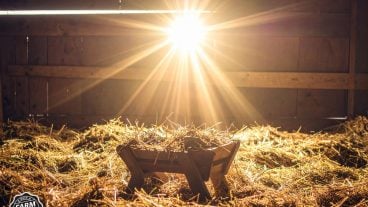
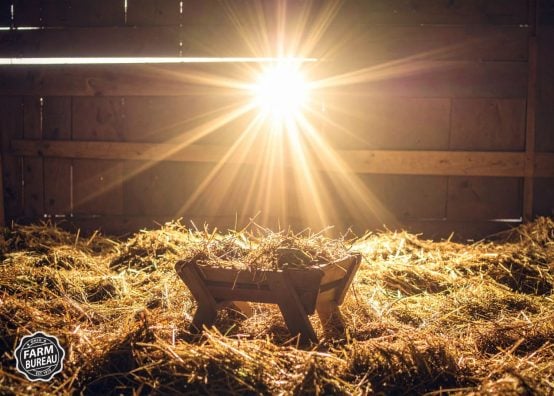
It might seem like a real chore to have to take care of the animals before any Christmas gifts or meals can happen, but to me it is such a special time.
Read More

Happy Thanksgiving, Everyone! I say it every year, but Thanksgiving is my favorite holiday. The gathering of friends and family…
Read More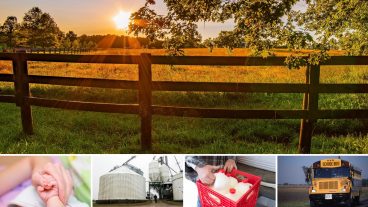

We need to get back to being people who see the good before the differences. Because when agriculture thrives, communities thrive.
Read More

As we pull on our hoodies, light our jack-o’-lanterns and sneak just one more piece of candy, we can thank agriculture for giving us the most spooktacular night of the year.
Read More

It is currently illegal to sell unpasteurized milk in Ohio. There is a renewed interest in raw milk sales, so that could change.
Read More
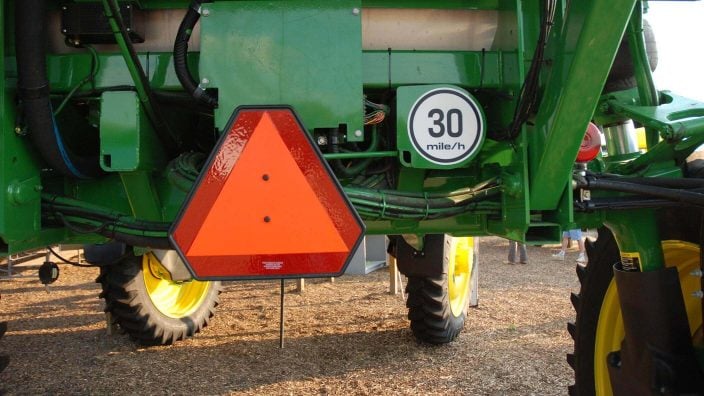
Fatigue and stress can sneak up on even the most seasoned farmer. Please, take care of yourselves.
Read More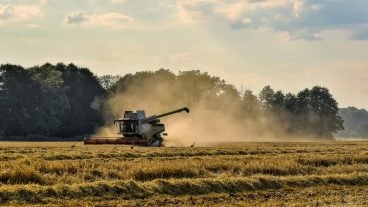
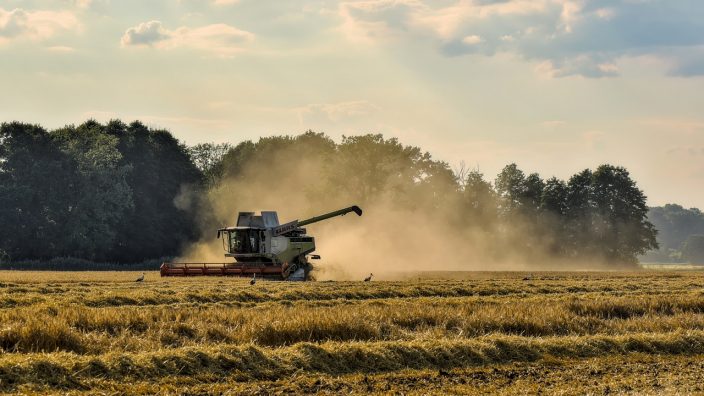
Traveling on roads with large, often oversized equipment adds to the stress.
Read More

Much of Ohio’s pumpkin crop ends up at farm markets, roadside stands and patches where families pick out carving pumpkins and pie pumpkins by hand.
Read More

Seeing these events be so successful and having kids so excited and eager to learn is truly heartwarming.
Read More

CEA will not replace traditional farming, but it is helping our food supply be more sustainably produced in the United States.
Read More